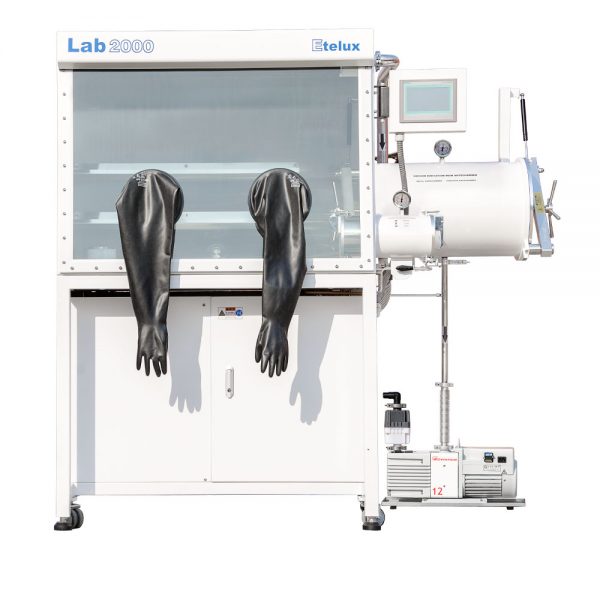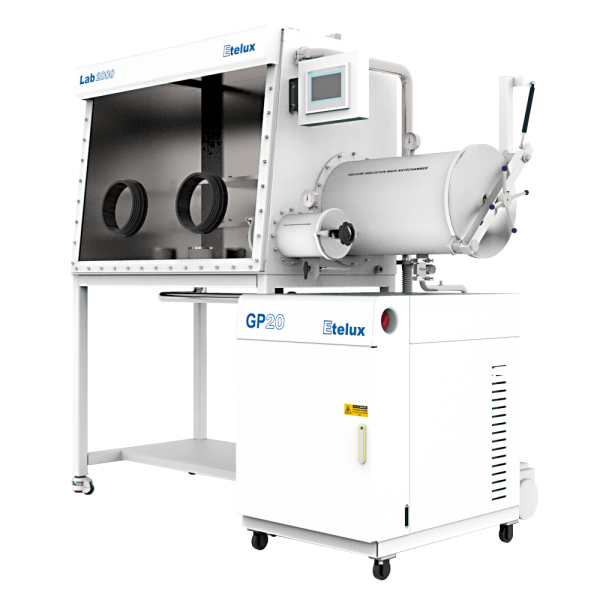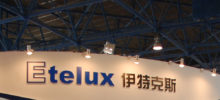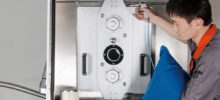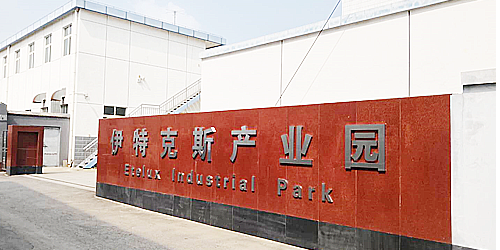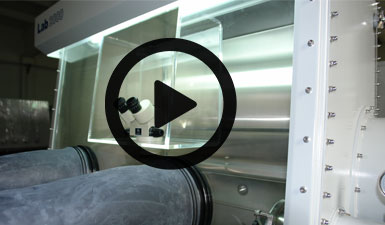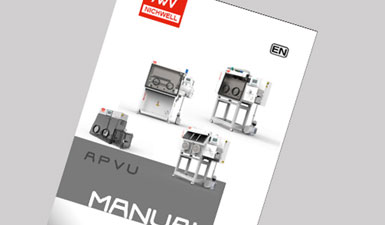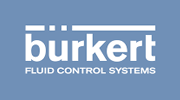I. Button battery preparation and assembly
- Positive dosage Active material: PVDF: conductive agent (acetylene black) = 8:1:1
- Negative dosage Actives: PVDF: conductive agent (acetylene black) = 7:2:1
- Solvent NMP according to the material to determine the empirical value
- Coating The use of coating sampling device simple coating
- Drying Natural dry 60 ℃, vacuum dry 110 ℃ (24h). If the water molecules are in the material lattice, the drying temperature is 60-70℃.
- Put the positive and negative electrode pieces into the vacuum glove box for assembly.
Note: ① No matter positive or negative materials are assembled as positive electrode, lithium sheet as negative electrode.
② 2016 and 2025 lithium button battery assembly diagram is as follows
B. Cyclic voltammetry (CV method) test procedure for button cell battery
- Adopt the three-electrode system, the working electrode (green) is connected to the positive electrode, the reference electrode (white) and the counter electrode (red) are connected to the negative electrode.
- Open the electrochemical workstation, click Control—Open Circuit Potential OCV, write down the open circuit potential.
- Then select cyclic voltammetry CV.
- Parameter settings: Initial potential Init for OCV potential, high potential High for 5V, low potential Low for 1.5V, termination potential Final for 5V, Sensitivity Sensitivity for 1e-6, scan rate Scan Rate for 0.1mV/s.
- Click Run.
Steps of AC impedance test for button battery - Adopt three electrodes system, the working electrode (green) is connected to the positive pole, the reference electrode (white) and the counter electrode (red) are connected to the negative pole.
- Open the electrochemical workstation, click on the control — open-circuit potential, write down the open-circuit potential.
- Then select the AC impedance EIS.
- Parameter settings: initial potential for the OCV potential, high frequency High Frequency1e for 1e-5 Hz, low frequency Low Frequency1e for 1e-1 Hz, amplitude Amplitude <10mV.
- Click Run.
Note:①EIS test should be carried out before and after the cycle of lithium button battery.
②Data analysis is done by Zview professional software to analyze the Li+ transfer in different phases after fitting.
(iii) The circuit diagrams of different EIS diagrams are as follows
Steps of charging and discharging test for button battery
- Open the charging and discharging instrument to set the work step: 0.2C/0.2C
2.The tested capacity is the positive and negative capacity.
The second part of the lithium battery process anomaly case sharing
I. Abnormal processing
1.1 How to solve the high polar viscosity?
Strategy (1) Add stirring for 1h to see the viscosity qualified situation.
(2) If the viscosity is still too high after stirring, add a certain amount of CMC and water and stir for 1h to measure the viscosity.
(3) If the viscosity is still low, add a certain amount of water and stir for 1h.
1.2 Negative precipitation is too much, viscosity and solid content is qualified, but can not be sieved?
Strategy (1) Re-stir the slurry in this pot, stirring 1.5h vacuum, stirring 1h slow speed stirring
(2) After mixing, test the viscosity and fineness of the slurry, and then try coating to see the effect.
1.3 Viscosity of anode dosage is high?
Strategy (1) Add NMP if the viscosity is unqualified, and then send the material to be coated normally after qualified debugging.
4、PVDF glue is yellow transparent glue with many black particles?
Strategy (1) analyze the black material
(2) Stop using the NMP and mother liquor, and use them after evaluation.
5、When adding NMP to the positive batching, the valve is not closed properly, resulting in adding too much, the viscosity is too low?
Strategies (1) out of the material to re-batching, dry powder material is reduced by half, NMP less than 80Kg mixing and mixing half of the abnormal material
6、PVDF glue has white insoluble material?
Strategy (1) glue plus stirring 0.5-1h
Second, case sharing
2.1 Particles
A clean up the cutter
B clean the sieve
C slurry itself
Failure to meet the discharge standard
D Incoming material abnormality
-Feedback for improvement
2.2 Shrinkage
Tension gradient causes maragoni effect (crater), slurry tension mismatch, foreign matter is the cause.
A Reduce the binder polar group
B paste to add PVP, CMC surface-active dispersant
C slurry is added to the low-tension solvent ethanol, etc.
D enhance the mixing speed and time, increase the viscosity of the slurry ……
2.3 Cracking
A transverse cracking:
Adjust the temperature
B Longitudinal cracking:
Cylinder particles affect
Pole piece leveling
……

